Walt Disney World opened rather inauspiciously on Oct. 1, 1971.
Attendance was downright disappointing on opening day and things remained stagnant during the first few weeks of operation.
The “experts,” who questioned the placement of a theme park geared to young families in an area most noted for its retirement communities, were predicting doom and gloom for the Vacation Kingdom of the World.
But Disney’s hierarchy knew exactly what it was doing. Walt Disney World purposely held a “soft opening” in October because it expected crowds to be light, thereby allowing cast members to iron out many of the kinks associated with opening a new park. It gave them time to test, adjust, and simply break things in.

“That first Thanksgiving weekend, we had to take drastic measures to get people around,” explained Disney Legend Tom Nabbe, the monorail supervisor during the park’s early years.
“The day after Thanksgiving, we were inundated with people coming to the Magic Kingdom. The amount of guests far exceeded the theoretic maximum of guests in the park and far exceeded space in the parking lots.
“Very truthfully, everyone at that time was wondering if Walt Disney World would generate a profit,” he added. But during Thanksgiving weekend 1971, “the traffic was backed up all the way to I-4 and beyond” and thoughts of making a profit turned to solving a logistical nightmare.
The crush of humanity put a tremendous strain on Walt Disney World’s transportation infrastructure, particularly its under-equipped boat and monorail systems.

The TTC was the convergence point for guests arriving at the park. Remember, at that time, the vast majority of people coming to the Magic Kingdom arrived by car; once they parked, they took a tram to the TTC, where they could either board an Osceola boat or take a monorail to get to the Magic Kingdom’s entrance.

According to Ted Kellogg, WDW’s watercraft supervisor on opening day, “The Osceolas [one was named Southern Seas, the other Ports O’ Call] had paddlewheels and they were made to be authentic, just like the way they were in the 1800s. They were steam-fired and used diesel for fuel.
“The Osceolas were very slow and only held about 200 to 250 people. They weren’t on a rail, and when high winds or a thunderstorm blew in, it could be quite harrowing. We had 90-pound anchors to throw over the side during a thunderstorm. There was often no warning to indicate bad weather was coming.”
In addition to being slow and difficult to dock, the Osceolas were notorious for breaking down.
“The hard part was we had to come up with something to fix the boats when they ran out of water, when the steam got so low the engines couldn’t fire,” Kellogg said. “If you lost that, we’d pull aside a pontoon boat equipped with a generator to restart the boat.”

Dick Nunis was the highest-ranking Disney executive on property at the time. According to Nabbe, “Dick basically got on the horn and asked for every vehicle we could get to transport people from the TTC: The four monorails, the two Osceolas. All the recreation people were pulled into service and we were using float boats, Boston whalers … whatever boats that were available from the two resorts and the campgrounds … were all commissioned that weekend.”
“There were CrissCraft pleasure boats for hire on the property,” Kellogg said. “We had started out training on some of them. They were called upon during that weekend.
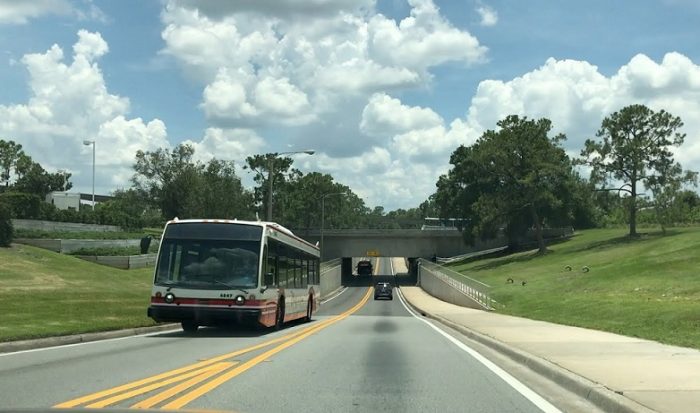
“Even the trams they used in the parking lots that were supposedly engineered to last 100 years were used, but they failed,” Kellogg said. “They stalled out under the water bridge near the Contemporary. People had to get out and walk.”
In all fairness, the trams were designed to run on flat surfaces; the upgrade under the water bridge is quite steep.
“That weekend spurred the immediate design of the ferry boats,” Kellogg added. “One ferry boat was worth four monorails in terms of capacity. Less than a month later, plans were put in motion for the ferries.”
That would be the Staten Island-style ferry boats, as they are referred to to this day by ferry pilots as they traverse the Seven Seas Lagoon. They are large and have engines and pilot houses on both ends, meaning docking was much quicker and easier.

When they first began service, the boats were named Magic Kingdom I, Magic Kingdom II and Kingdom Queen, but they were renamed several years later to honor three of men who made significant contributions to WDW’s development: Admiral Joe Fowler, Richard F. Irvine and General Joe Potter.
As for the Osceolas, once the ferries were put into service, their days were numbered.
They plied the waters of Seven Seas Lagoon “only when needed,” according to Kellogg. “In the end, they were pretty much used only for private parties because they were so slow and took so long to dock.”
That hectic Thanksgiving weekend in 1971 proved to be a test for the fledgling Walt Disney World cast members … one they passed with flying colors.
Chuck Schmidt is an award-winning journalist and retired Disney cast member who has covered all things Disney since 1984 in both print and on-line. He has authored or co-authored seven books on Disney, including his On the Disney Beat and Disney’s Dream Weavers for Theme Park Press. He has written a regular blog for AllEars.Net, called Still Goofy About Disney, 2015.


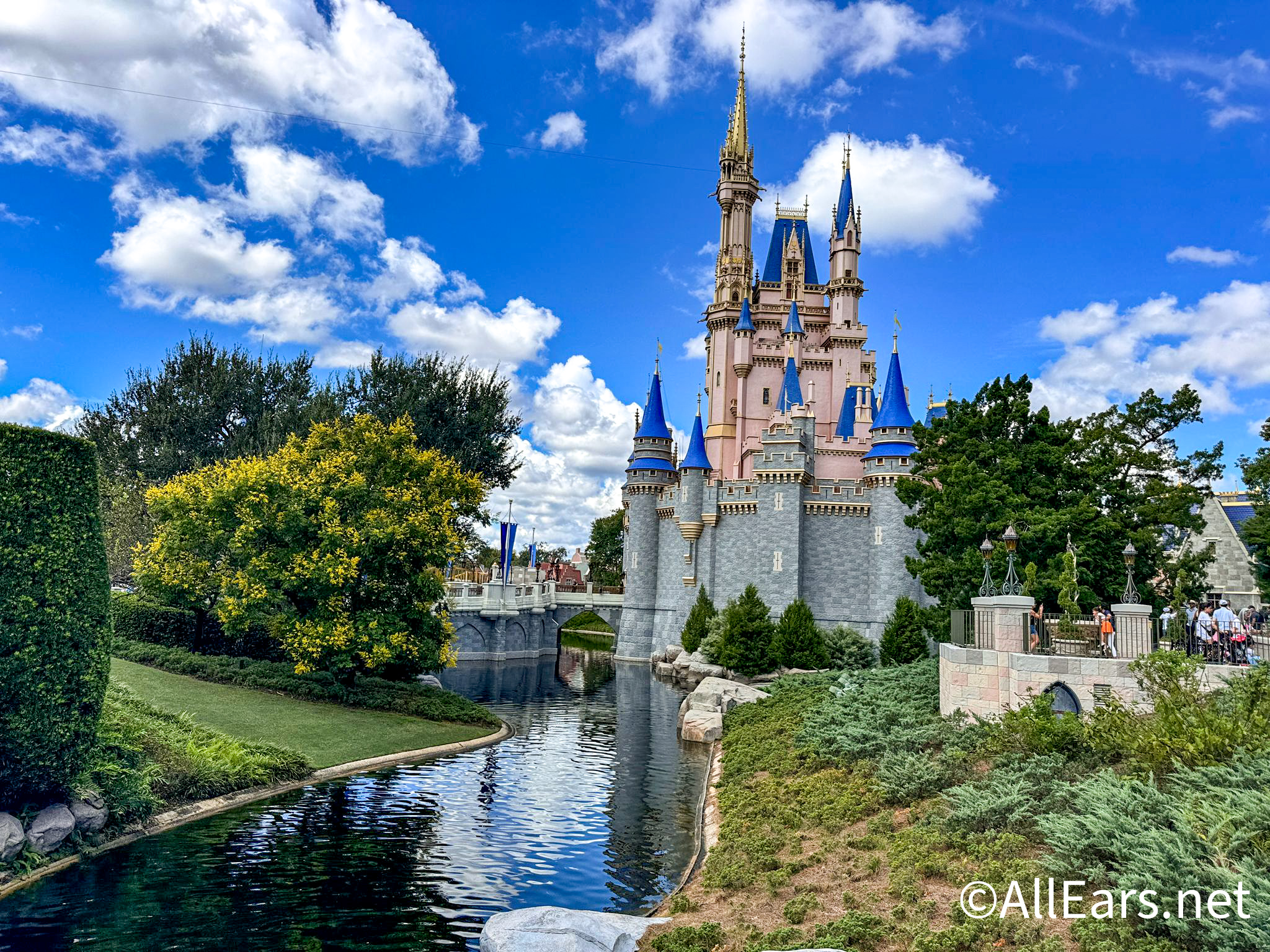
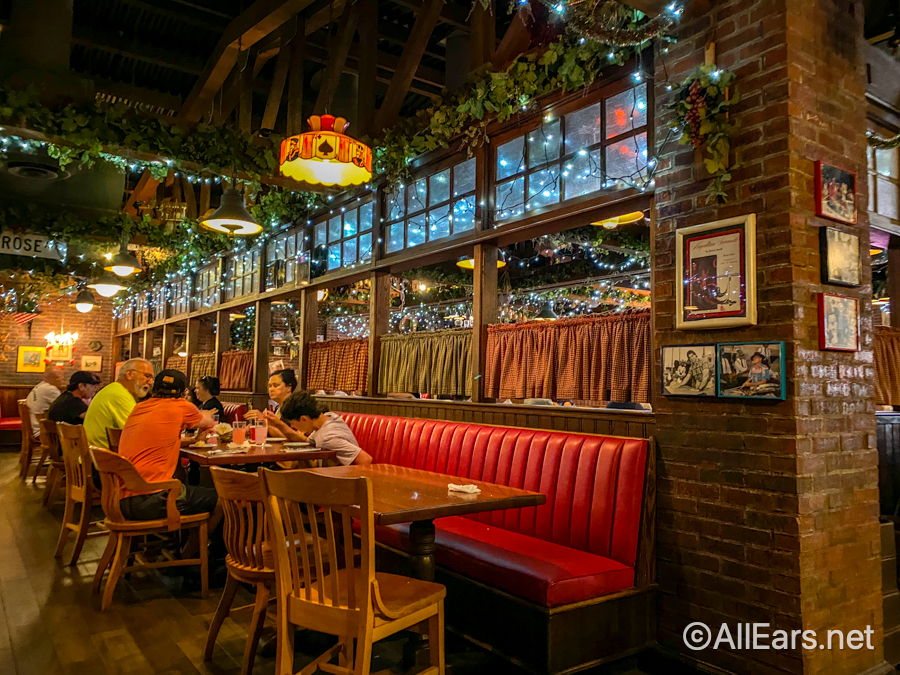

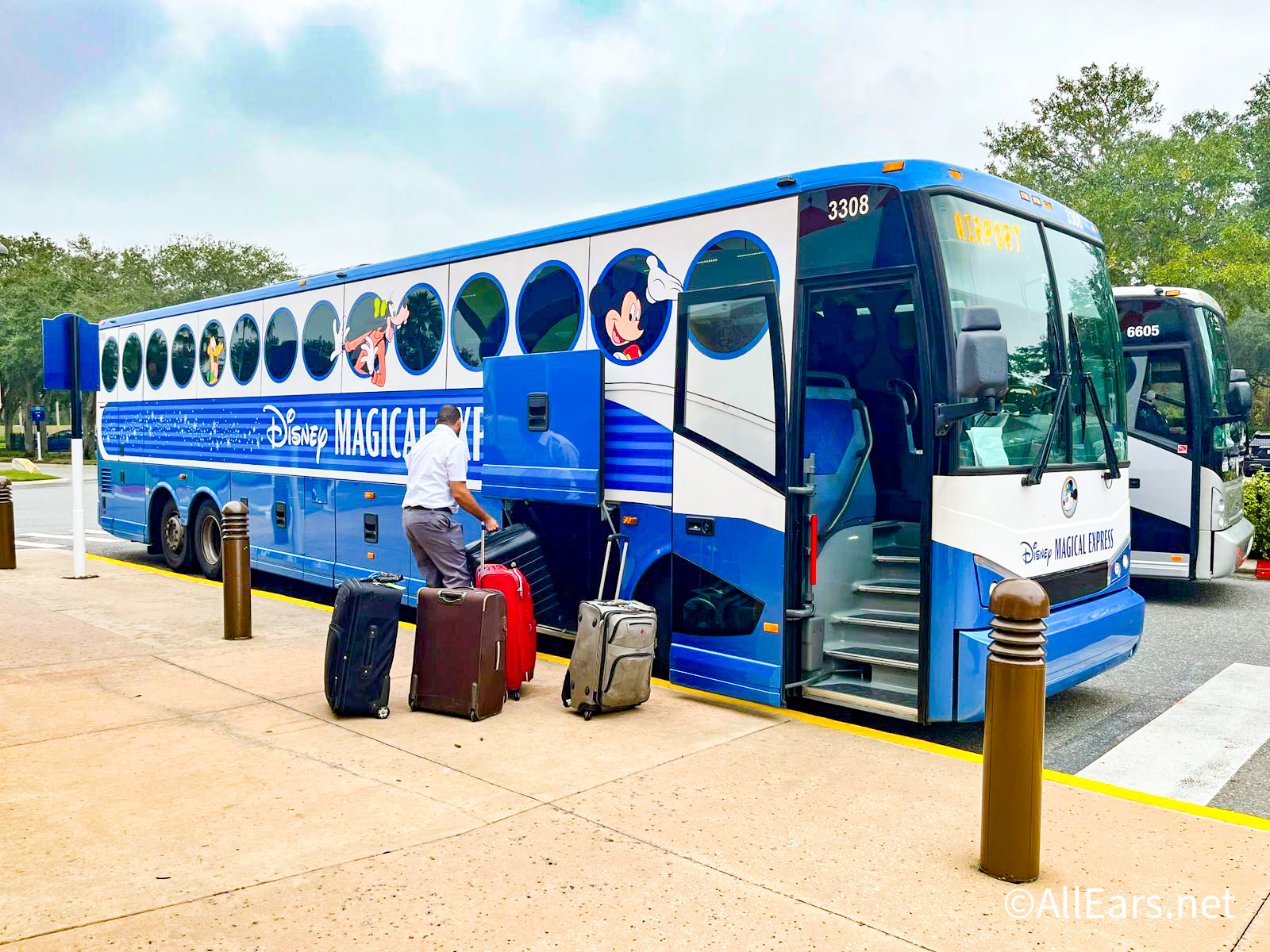
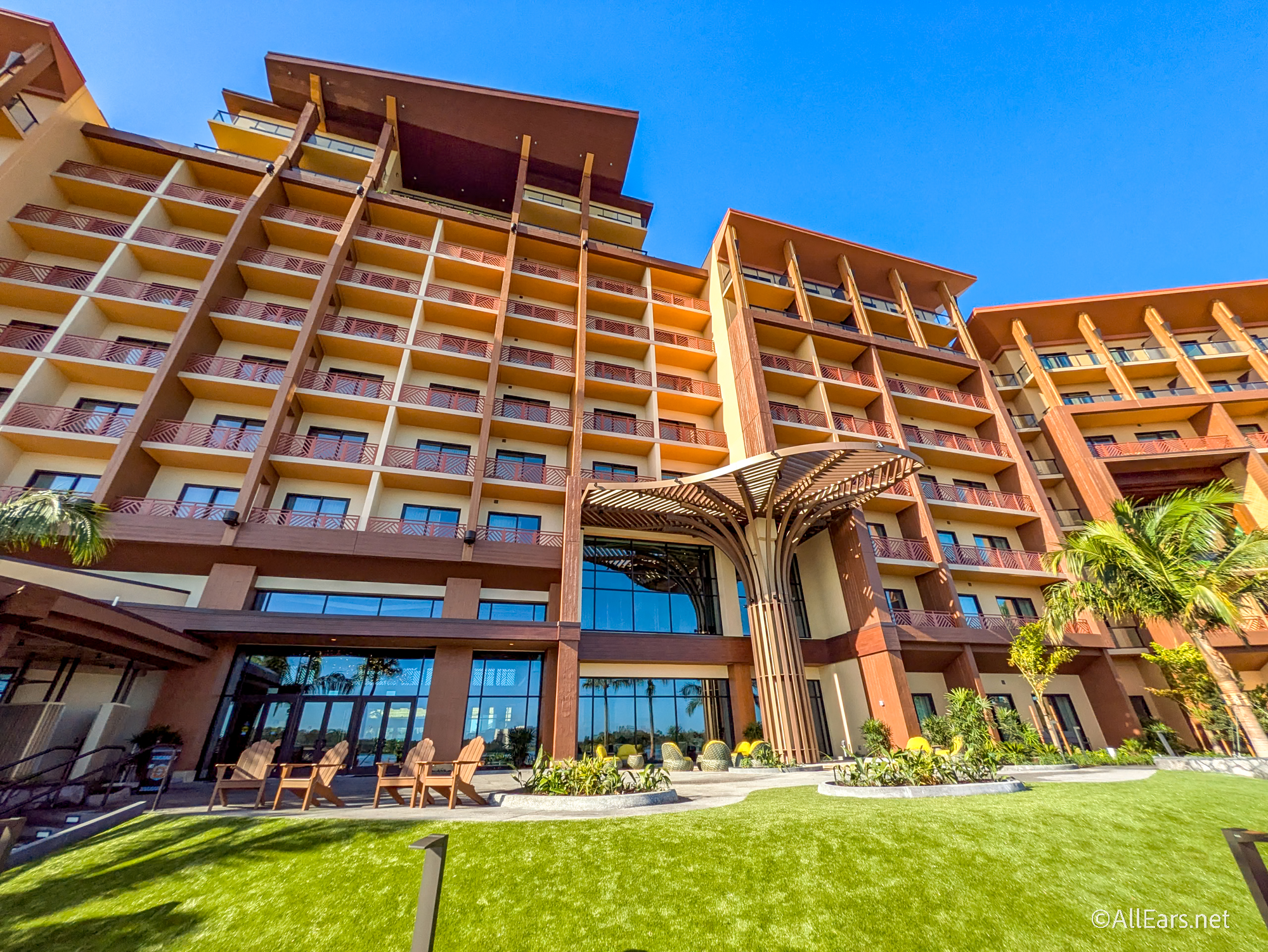
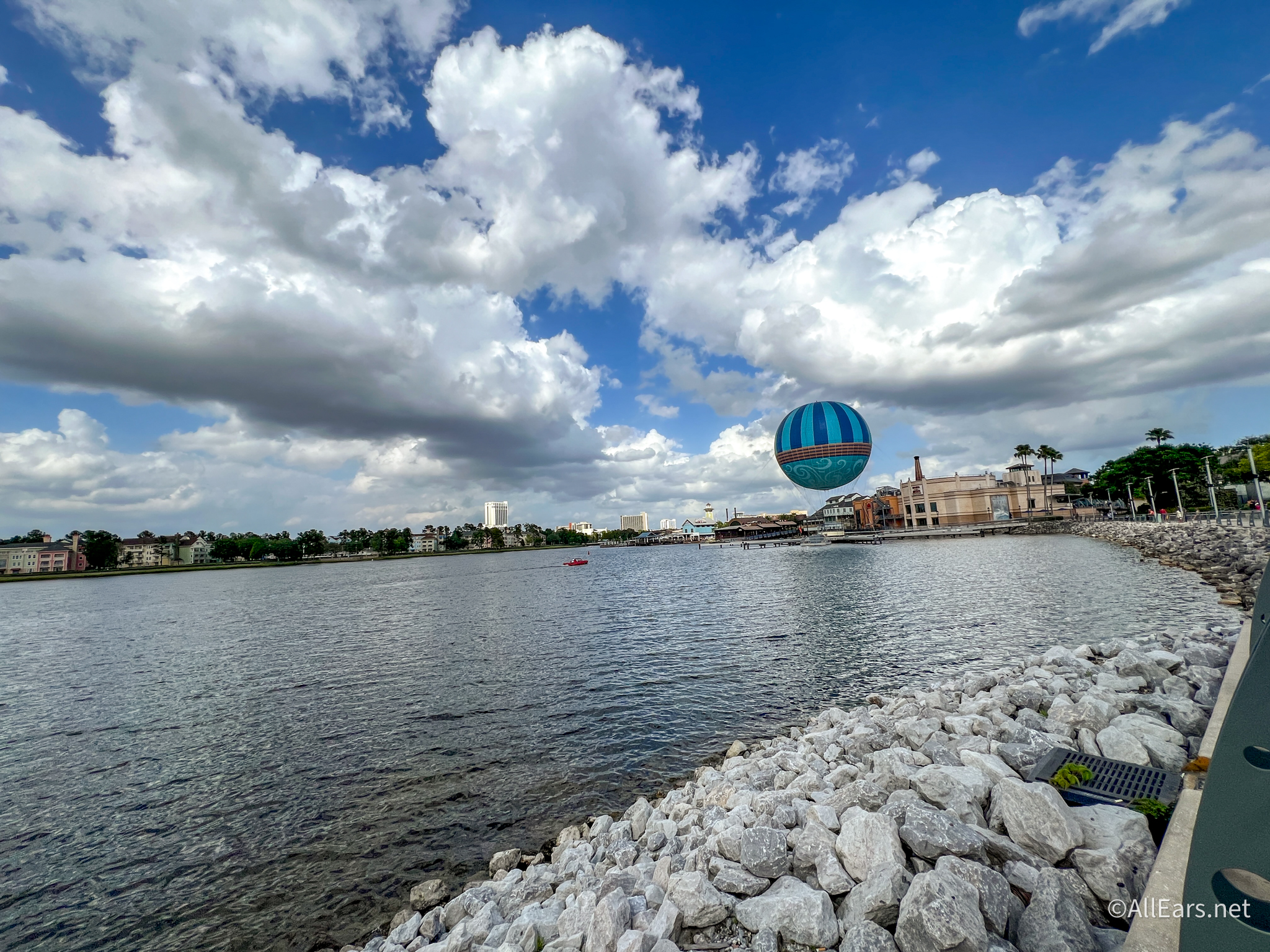


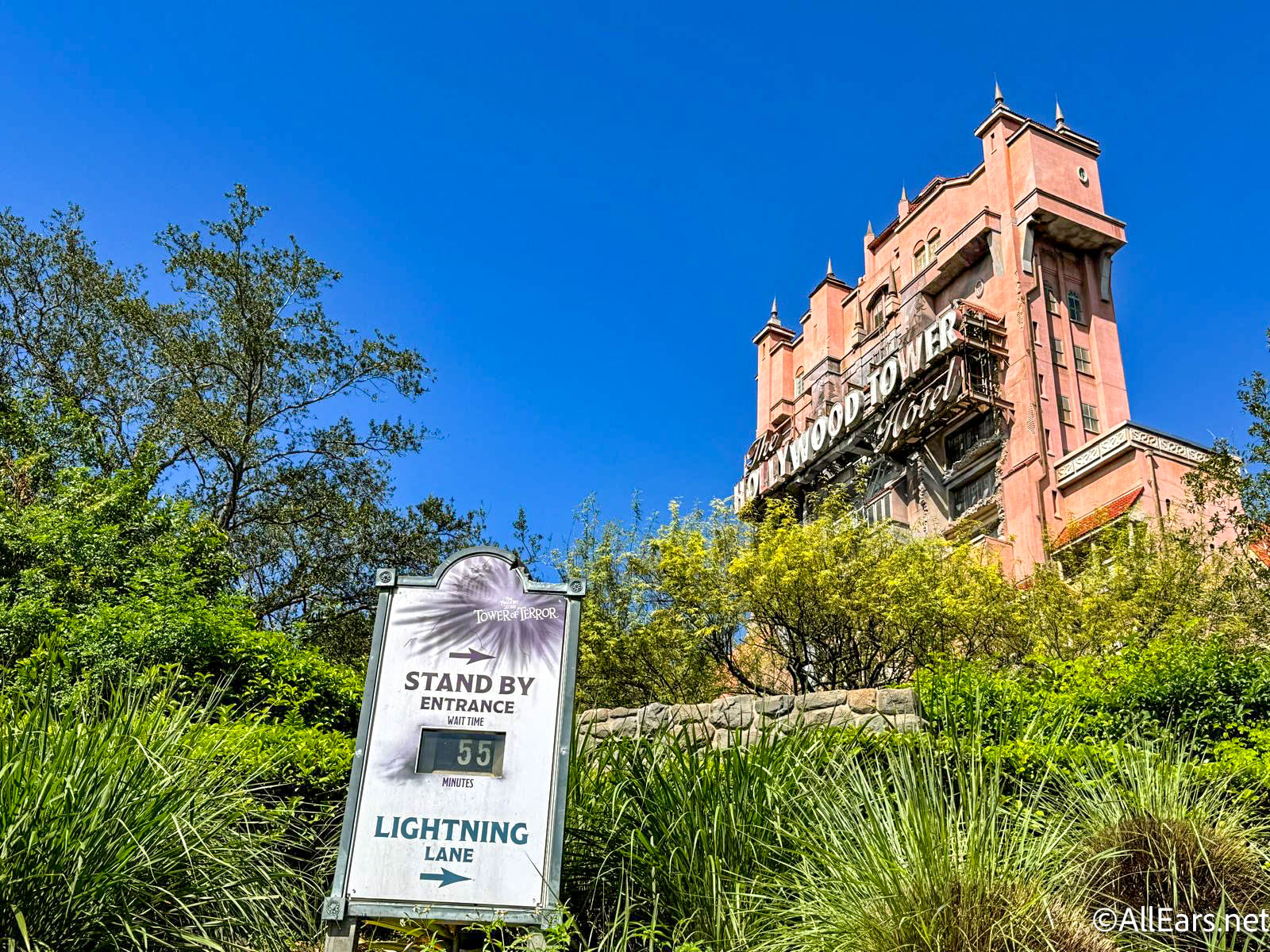


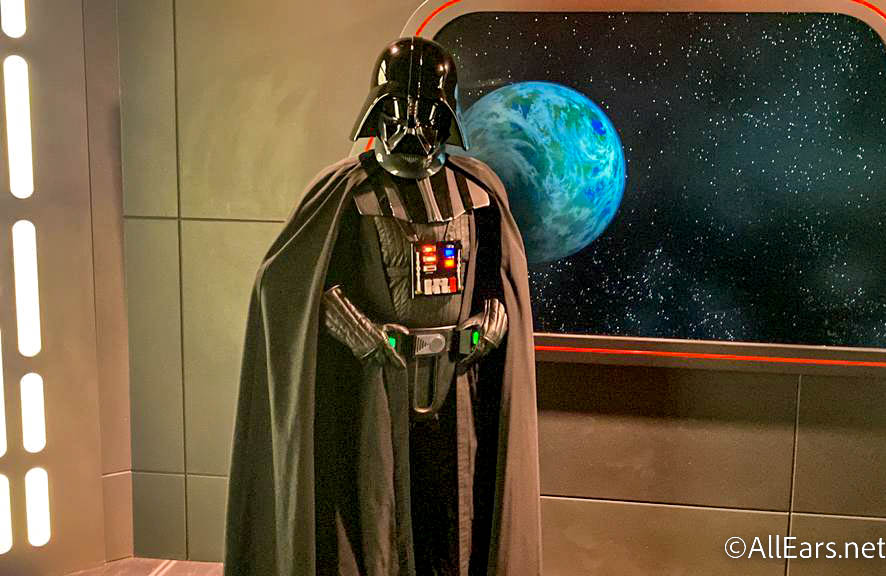
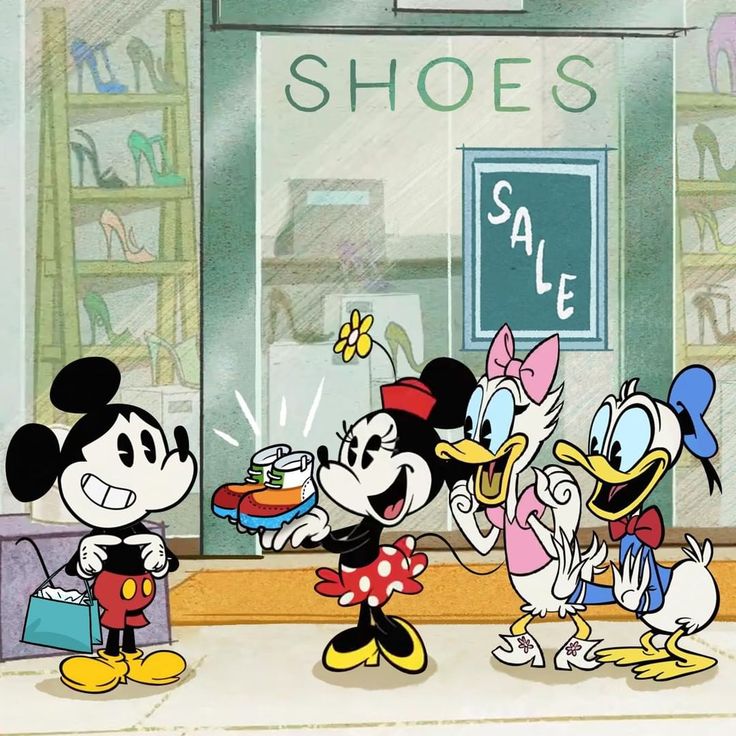
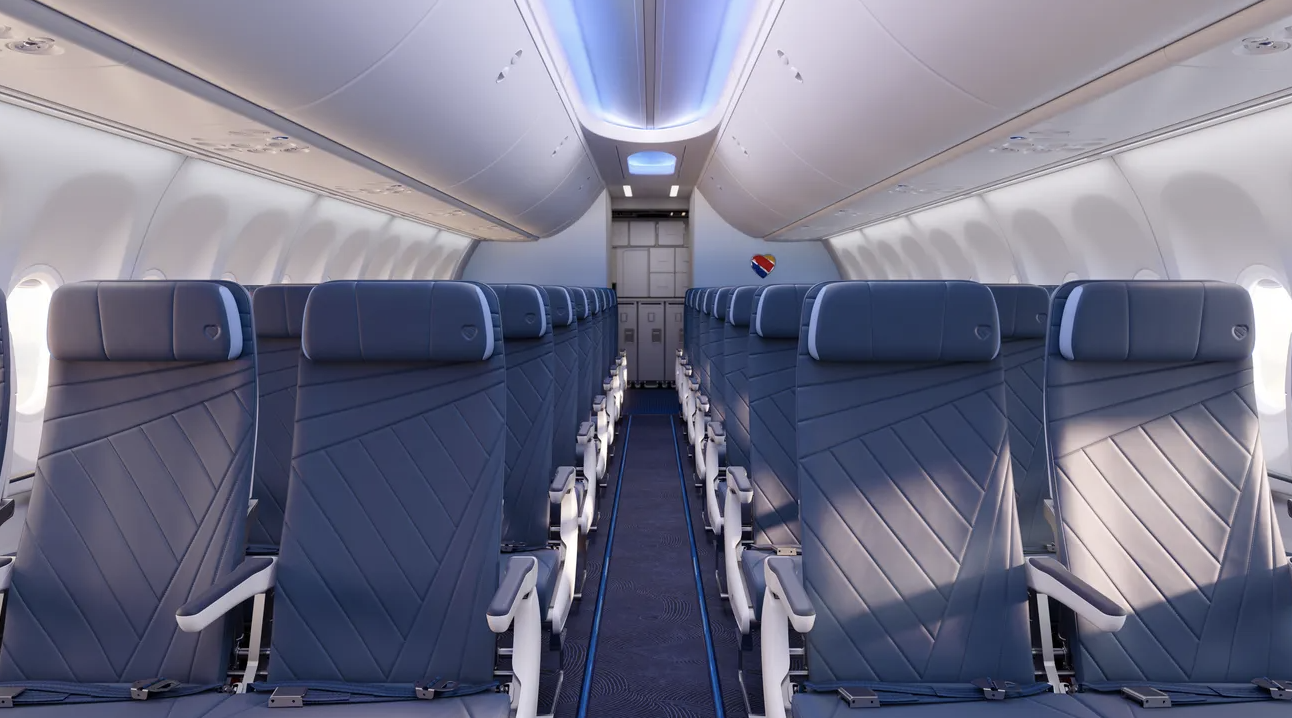
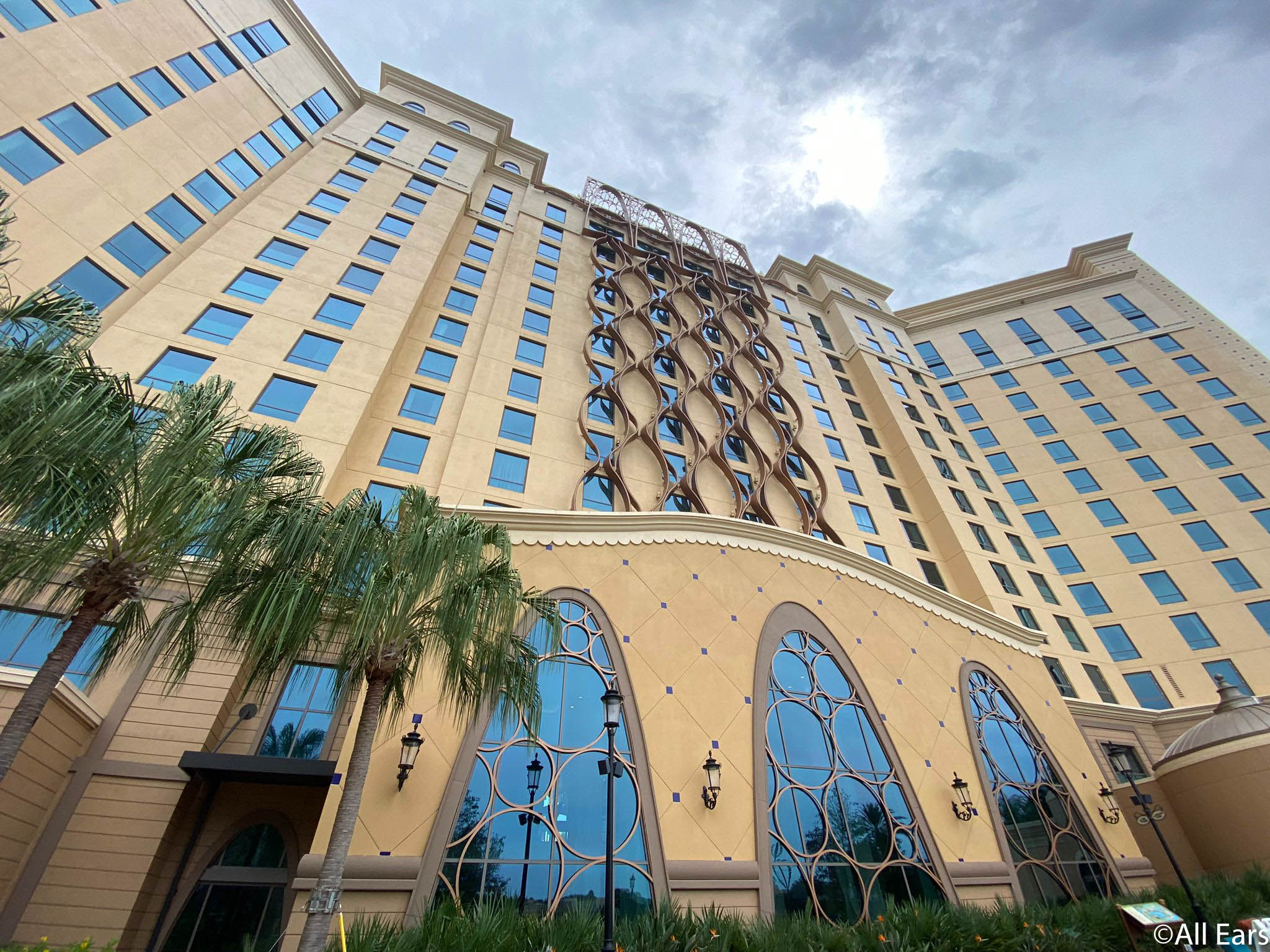

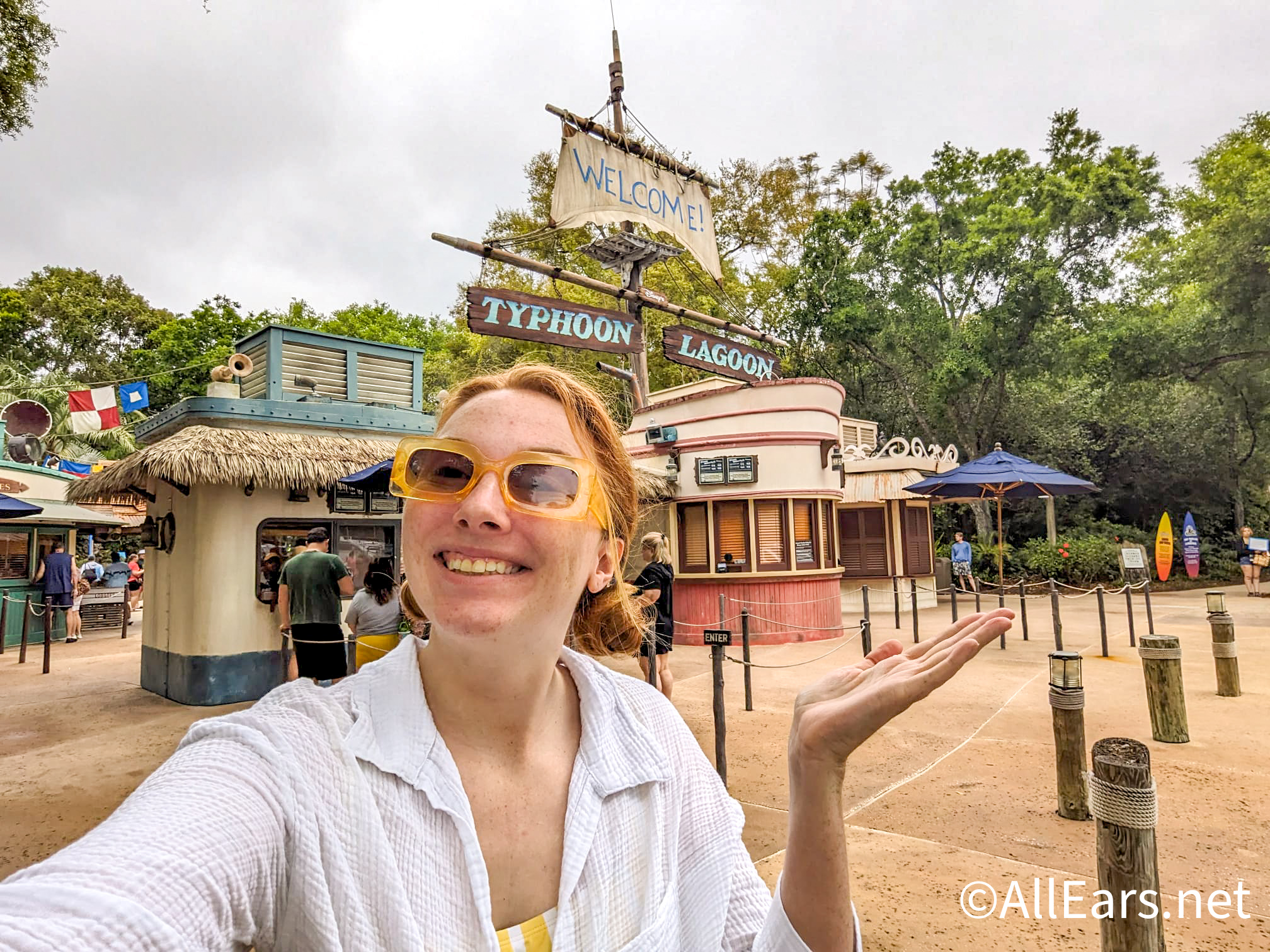
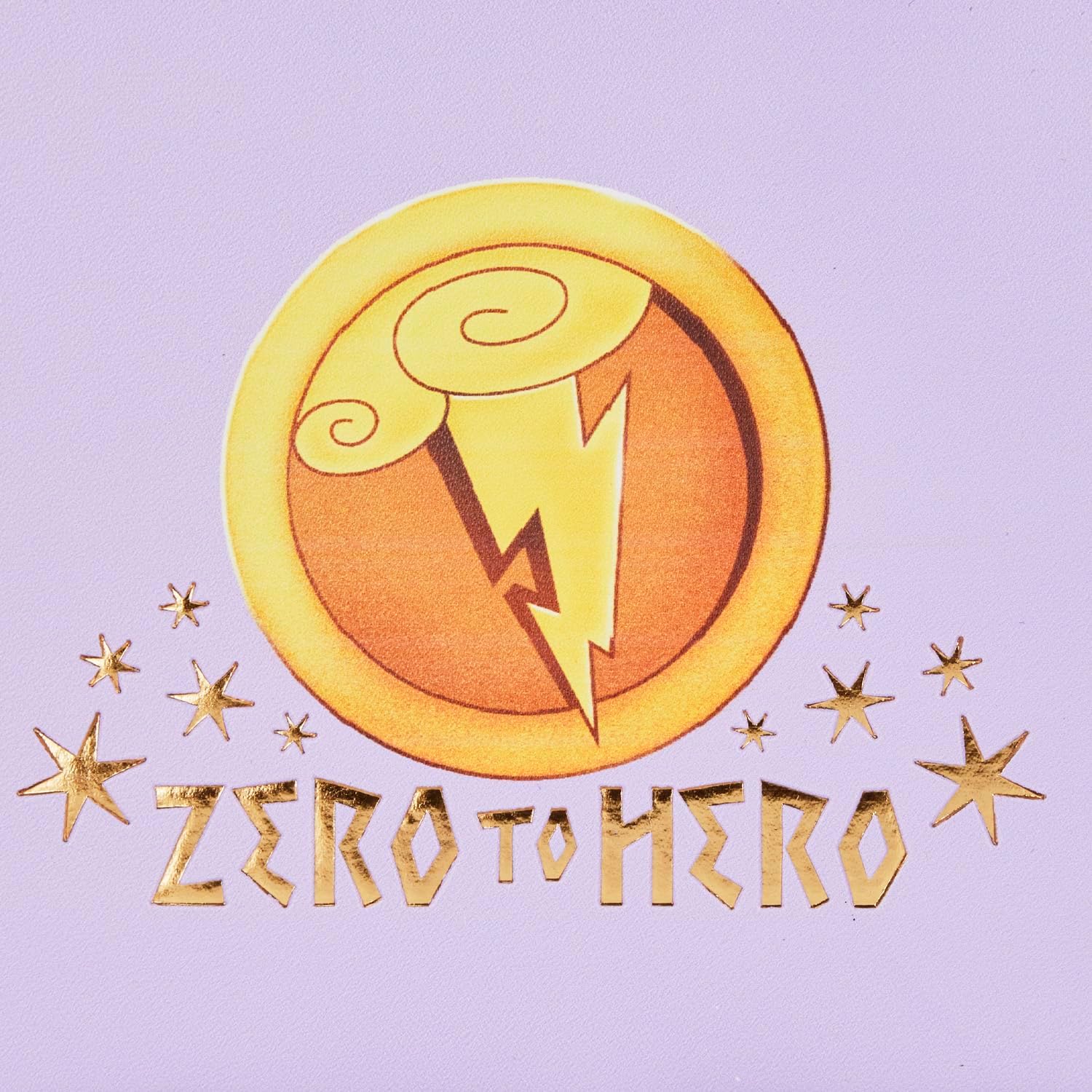



Trending Now
Every Disney adult is going to Amazon to buy their Disney park day shoes!
This Disney World restaurant is closing in two weeks!
Both Disney World and Universal Orlando have refillable mugs but which one is better? Let's...
Let's talk about the glaring Disney World problems that you think need to be fixed...
Here's everything we wish we knew before staying at the Polynesian
I don't know about everyone else, but I am SO EXCITED about this new entertainment...
We are heading over to the Walt Disney World Swan Hotel for breakfast at Garden...
We have some brand-new Loungeflys for you from Amazon!
It's almost time for summer in Disney World! Know what that means? Your cool-weather clothing...
We thought WE were the biggest fans of Epic Universe, but we've been proven wrong...by...
We're sharing the Disneyland restaurants that we AVOID when we visit!
There's a NEW popcorn bucket at AMC that Star Wars fans can't miss!
There are alternatives however!
Use these tips to upgrade your airline seat.
This change makes booking a Disney World moderate resort much easier in 2026.
Amazon has canceled another show -- this time, after only one season.
Be Warned! This Disney World ride might cause some awkwardness on your next trip!
Check out some of our favorite Disney Loungefly bags from Amazon!
We found the cutest Disney dogs and cats Loungefly at Magic Kingdom!
Netflix recently dropped the fifth and final season of "You," which includes the debut of...